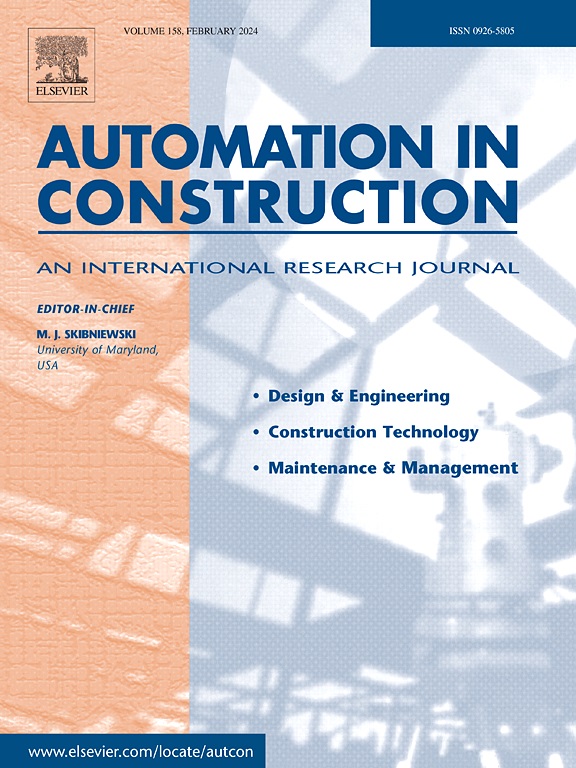Non-invasive vision-based personal comfort model using thermographic images and deep learning
IF 9.6
1区 工程技术
Q1 CONSTRUCTION & BUILDING TECHNOLOGY
引用次数: 0
Abstract
An efficient method for predicting occupants' thermal comfort is crucial for developing optimal environmental control strategies while minimizing energy consumption in buildings. This paper presents a non-invasive vision-based personal comfort model that integrates thermographic images and deep learning. Unlike previous studies, the entire thermographic image of the upper body is directly used during model training, minimizing complex data processing and maximizing the use of rich skin temperature distribution. The proposed method is validated using thermographic images and corresponding thermal sensation votes (TSV) from 10 participants under different experimental conditions. Results show that the model based on a 3-point TSV scale achieves exceptional classification performance with an average accuracy of 99.51 %, outperforming existing models. The model performance using a 7-point TSV scale is slightly lower, with an average accuracy of 89.90 %. This method offers potential for integrating thermal comfort models into real-time building environmental control, optimizing occupant comfort and energy consumption.
利用热成像图像和深度学习建立基于视觉的无创个人舒适度模型
一种预测居住者热舒适度的有效方法,对于制定最佳环境控制策略并最大限度降低建筑物能耗至关重要。本文介绍了一种基于视觉的非侵入式个人舒适度模型,该模型集成了热成像图像和深度学习。与以往的研究不同,该模型在训练过程中直接使用了上半身的整个热成像图像,从而最大限度地减少了复杂的数据处理,并最大限度地利用了丰富的皮肤温度分布。在不同的实验条件下,使用 10 名参与者的热成像图像和相应的热感觉票数(TSV)对所提出的方法进行了验证。结果表明,基于 3 点 TSV 量表的模型取得了优异的分类性能,平均准确率达到 99.51%,优于现有模型。使用 7 点 TSV 量表的模型性能略低,平均准确率为 89.90%。这种方法为将热舒适度模型集成到实时建筑环境控制、优化居住舒适度和能源消耗提供了可能。
本文章由计算机程序翻译,如有差异,请以英文原文为准。
求助全文
约1分钟内获得全文
求助全文
来源期刊

Automation in Construction
工程技术-工程:土木
CiteScore
19.20
自引率
16.50%
发文量
563
审稿时长
8.5 months
期刊介绍:
Automation in Construction is an international journal that focuses on publishing original research papers related to the use of Information Technologies in various aspects of the construction industry. The journal covers topics such as design, engineering, construction technologies, and the maintenance and management of constructed facilities.
The scope of Automation in Construction is extensive and covers all stages of the construction life cycle. This includes initial planning and design, construction of the facility, operation and maintenance, as well as the eventual dismantling and recycling of buildings and engineering structures.
 求助内容:
求助内容: 应助结果提醒方式:
应助结果提醒方式:


